Some of the links in this post are affiliate links. If you use the link to make a qualifying purchase, I’ll make a small commission at no extra cost to you. As always, thanks for being here!
This post outlines my top tips if you need to buy insulin while travelling abroad. I am writing this specifically about insulin but the same tips apply to accessing other diabetes medications such as blood glucose meters, test strips, sensors etc.
In an ideal world, you’ll always have enough insulin to last the entirety of your travel adventures. And this is the reality most of the time.
However, there are a few occasions where you may need to access more supplies while you’re on a trip abroad.
You could be on an epic backpacking adventure where you cannot carry enough with you. Maybe you’ve left your insulin in the hotel fridge in a mad checkout dash (I’ve been there). Or, maybe your insulin has been damaged in extreme high or low temperatures (I’ve also been there).
Whatever the reason, it’s a headache we could do without but nonetheless an essential one to resolve as quickly as possible.
In many countries diabetic medications, including insulin, can be purchased over the counter in pharmacies.
However, in some countries access to insulin is more tightly controlled and a prescription from a local doctor is required. This is the case if visiting countries like the UK and Australia for example.
I’ve had to buy insulin in a few countries while on my adventures and have put together this article with as much helpful information as possible to make getting access to insulin while travelling as straightforward and cost-effective as possible!
Before Travelling
If you are intending to travel long term (longer than the amount of insulin you can carry) then it’s a good idea to plan where on your travels will be the best place to stock up.
The following tips are things you can do before starting your trip to prepare and get ahead of the game. This could save you lots of time and stress further down the road!
Contact Your Insulin Manufacturer
The first thing to do is contact the manufacturer of your insulin. They’ll tell you if it is available in the country(ies) you are travelling to.
I use Novorapid and Levemir insulin (both manufactured by Novo Nordisk) and I’ve contacted Novo Nordisk a few times over the years to check insulin availability in various countries. They’ve been very helpful on every occasion – sometimes even advising on specific pharmacies, approximate pricing and whether it is available over the counter or requires a local prescription.
Whichever manufacturer you use, it should be easy to get a contact email address on their official website.
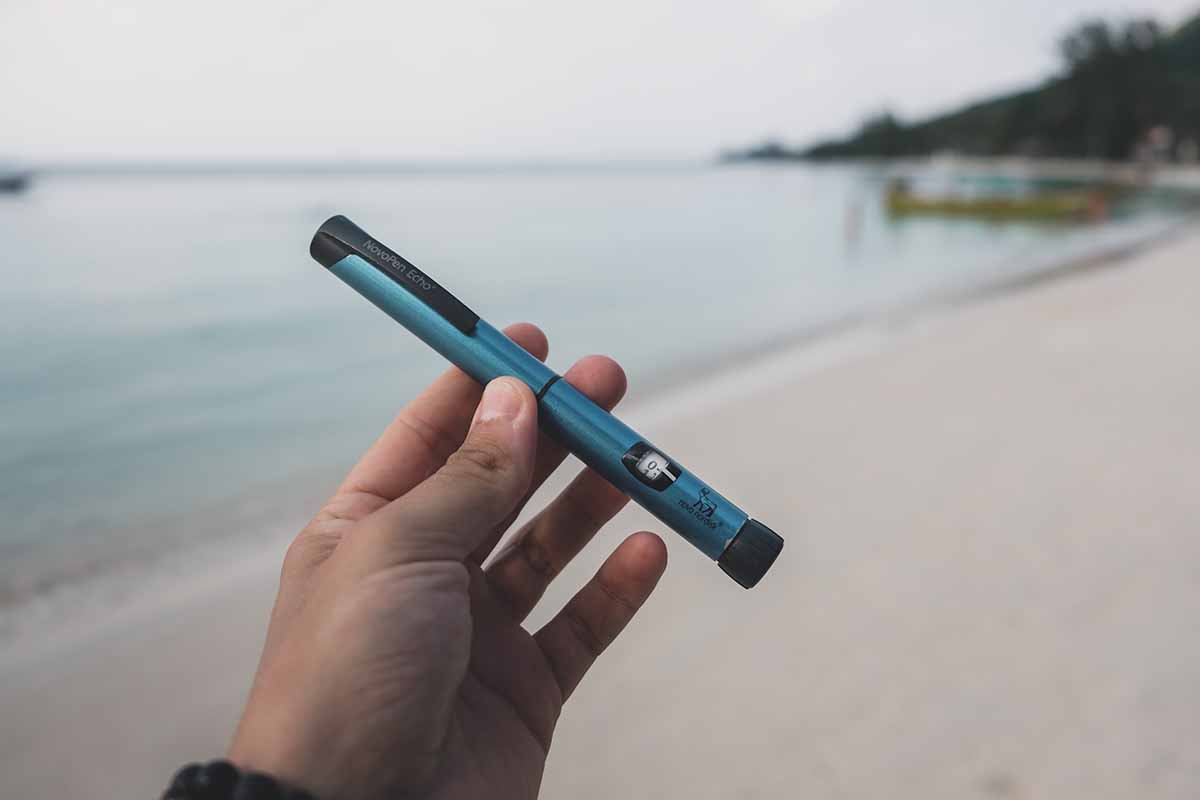
Contact The Local Diabetes Association
Once you have established if your insulin is available in your travel destination, reach out to any local Diabetes Associations.
Most countries have their own association, and they can be very helpful in shedding light on the process and cost of accessing insulin in their country as a foreign national. They may also advise on the towns and cities where it is more readily available.
As you may have guessed these are usually the big cities.
I previously contacted Diabetes Malaysia via WhatsApp and they were helpful with providing assistance and information about how I could buy insulin, test strips and needles while in the country as a tourist.
Diabetes Malaysia also have a handy product price list on their website. So it’s definitely worth having a Google for local Diabetes Associations!
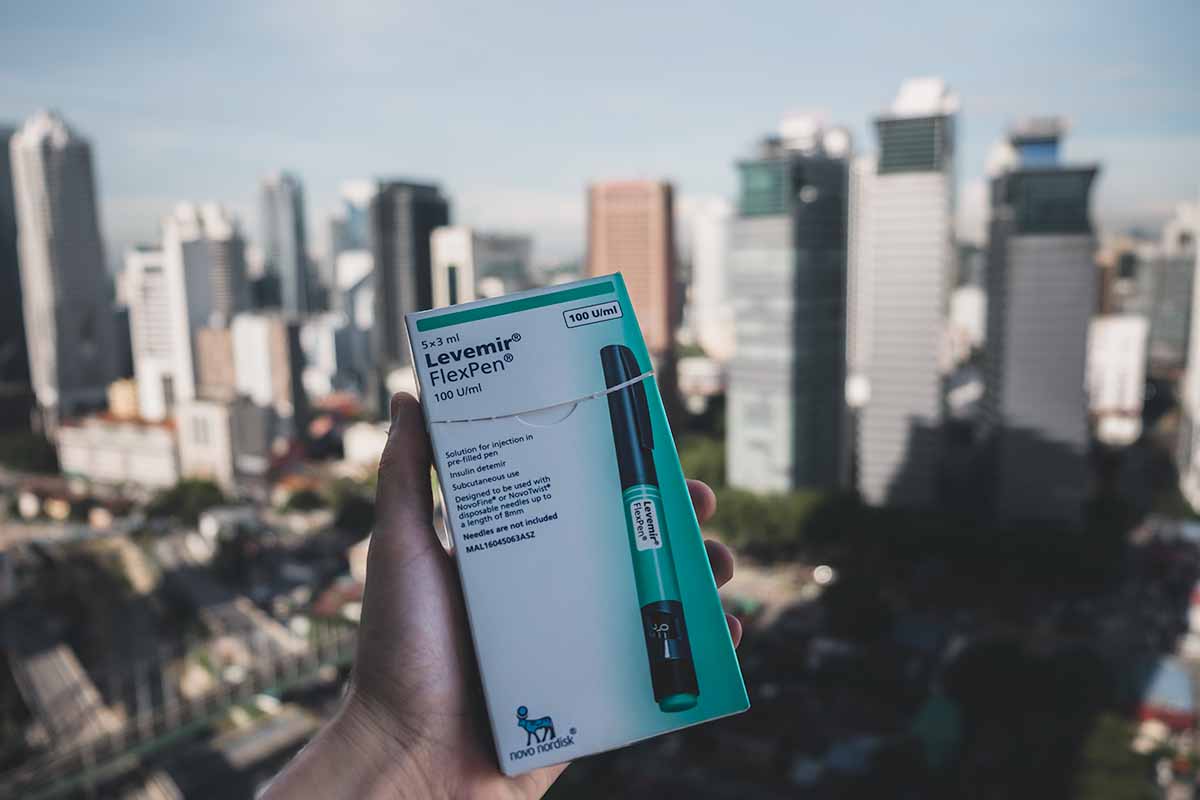
Speak To Your Doctor
It’s important to speak with your doctor or diabetes specialist when making any decisions or plans that affect your diabetes. And this also goes for travelling abroad.
As well as giving professional advice on travelling with type 1 diabetes, you can ask if they have any insight on accessing your insulin while on your trip.
However, this isn’t something they will necessarily know about but it’s definitely worth asking.
Check Online Forums
You may also be able to find some useful information in online forums from people who have been in your situation. This doesn’t always yield results but it’s worth a Google search to see if there’s anyone who has been there, done it and written about it.
Be aware that forums aren’t official advice but you may still find practical information regarding availability, pricing and processes.
I haven’t had too much luck with this but I still always check to see if there’s any useful information I can find!
During Your Travels
Whether you’ve followed the steps above and have received some advice, or have suddenly found yourself needing to get your hands on insulin in a foreign country ASAP, here’s what to do.
Shop Around Local Pharmacies
If you have been advised on specific pharmacies that stock your insulin, great! That is your next stop.
If you haven’t, head to the closest pharmacies and ask if they have or can order your type of insulin. Simply type ‘pharmacy’ into Google Maps to see where the closest and largest pharmacies are located.
As well as hopefully finding somewhere that has your insulin, pharmacists are also a great source of information. They can tell you whether insulin is available to buy over the counter or if a local prescription from a doctor is required.
I have previously bought insulin over the counter in Vietnam, Malaysia and Egypt but when in Australia a local prescription was required.
One thing I’ve learned from shopping for insulin in Southeast Asia is that not every pharmacy will stock the same products at the same price. It might feel time consuming but with the price of diabetes medications not being super cheap, it’s worth looking around for the best deal.
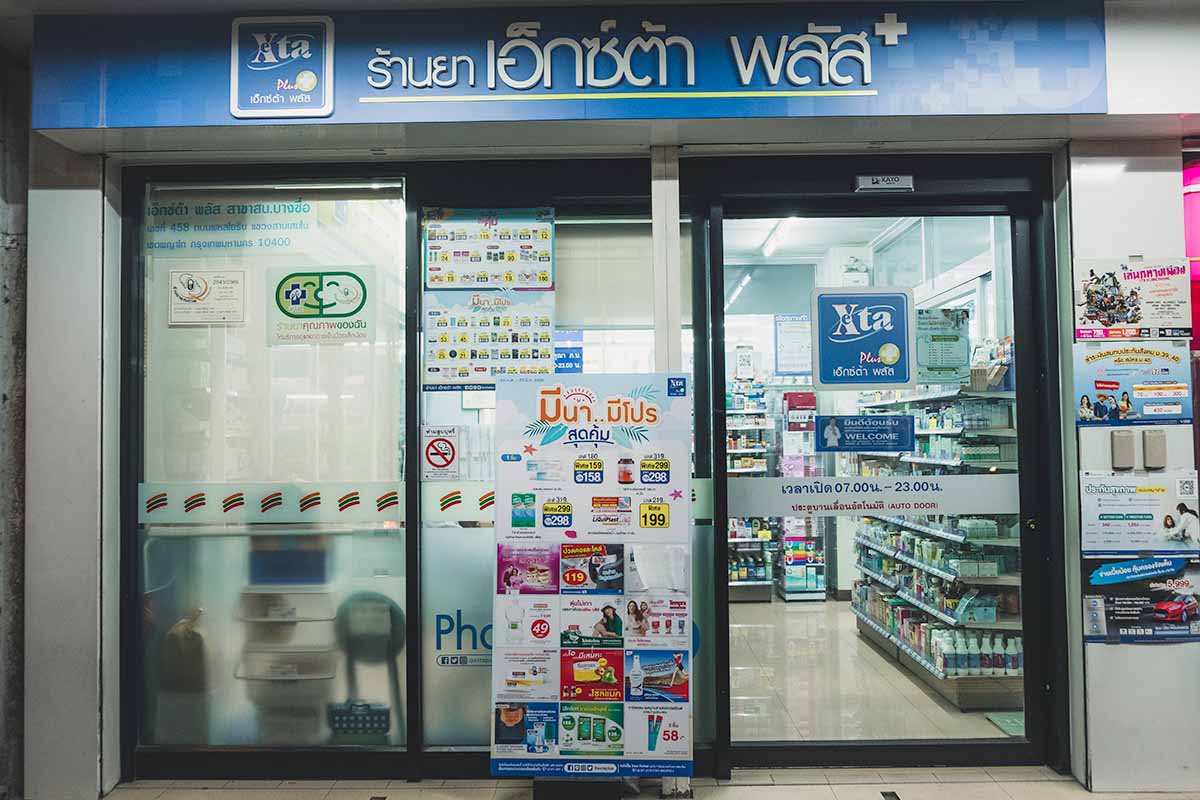
Make An Appointment With A Local Doctor
If you aren’t having any luck with pharmacies, then I’d suggest going to see a local doctor. The cost of this will depend on where you are but it’s guaranteed to get you the answers you need.
If required, this is also where you will be provided with a prescription and they should be able to give advice on pharmacies too.
And if your insulin isn’t available, a doctor can give you professional medical advice on alternatives.
Extra Tips To Make Getting Insulin Abroad Easier
Have a copy of your prescription with you
Firstly, this is evidence that you are genuinely prescribed this medication in your home country.
Your prescription also has all of your medication written with its exact medical name. Depending on what you use it is not always as easy as saying “Novorapid insulin”.
I had problems in Australia where they gave me flex pens instead of cartridges for my reusable pen. So this should help to make sure you get exactly what you need.
Translate keywords and phrases into the local language
Sometimes walking into a local pharmacy or doctor’s surgery isn’t a straightforward experience purely due to the language barrier. Therefore, it can be helpful to have a written copy of keywords and phrases translated into the local language.
These include: insulin, type 1 diabetes and blood glucose monitor, test strips, sensor, etc.
Consider if your insulin is popular and widespread globally
This is more aimed towards travellers who, like me, plan on being abroad for extended periods and thus have a higher probability of needing to get insulin in foreign, and sometimes less developed countries.
Are more advanced technologies such as insulin pumps or new brands of insulin likely to be available and affordable in the destinations you’re visiting?
I stick to Novo Nordisk insulin pens (specifically Novorapid and Levemir) and an Accu Chek blood glucose meter. This is because in my experience I’ve found that these brands have been some of the most accessible worldwide. This works for me and I’m comfortable travelling with these but it’s a personal choice and one to seek advice from a diabetes specialist or your doctor about.
I do now use the Freestyle Libre but this is because I am happy to swap out to a cheaper blood glucose meter and strips if I run out on the road.
I’ll never forget being stopped by a woman at the top of a volcano in El Salvador in 2021 who was amazed at the Freestyle Libre on my arm. It turns out she was a local diabetic nurse who had only ever seen this (readily available in the UK) device online and never in person. A humbling moment that emphasised how access to technology can differ around the world and just how lucky some of us are.
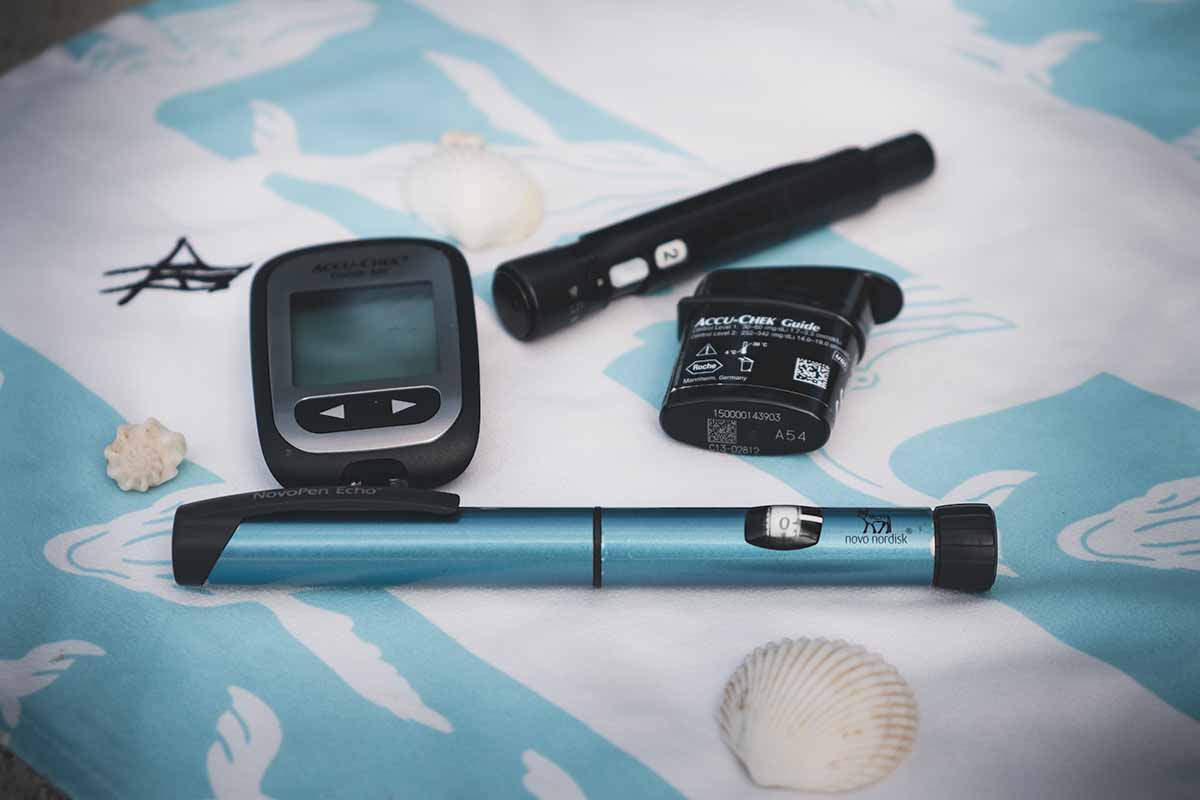
To Finish
Oh the joys of living and travelling with diabetes!
As I said, for most trips you shouldn’t need to worry about getting insulin while abroad. However, if you do find yourself in the situation, following these tips will make accessing what you need as simple as possible!
If you have any questions or for more information about my experience leave a comment below and I’ll get back to you!
Pin It For Later!
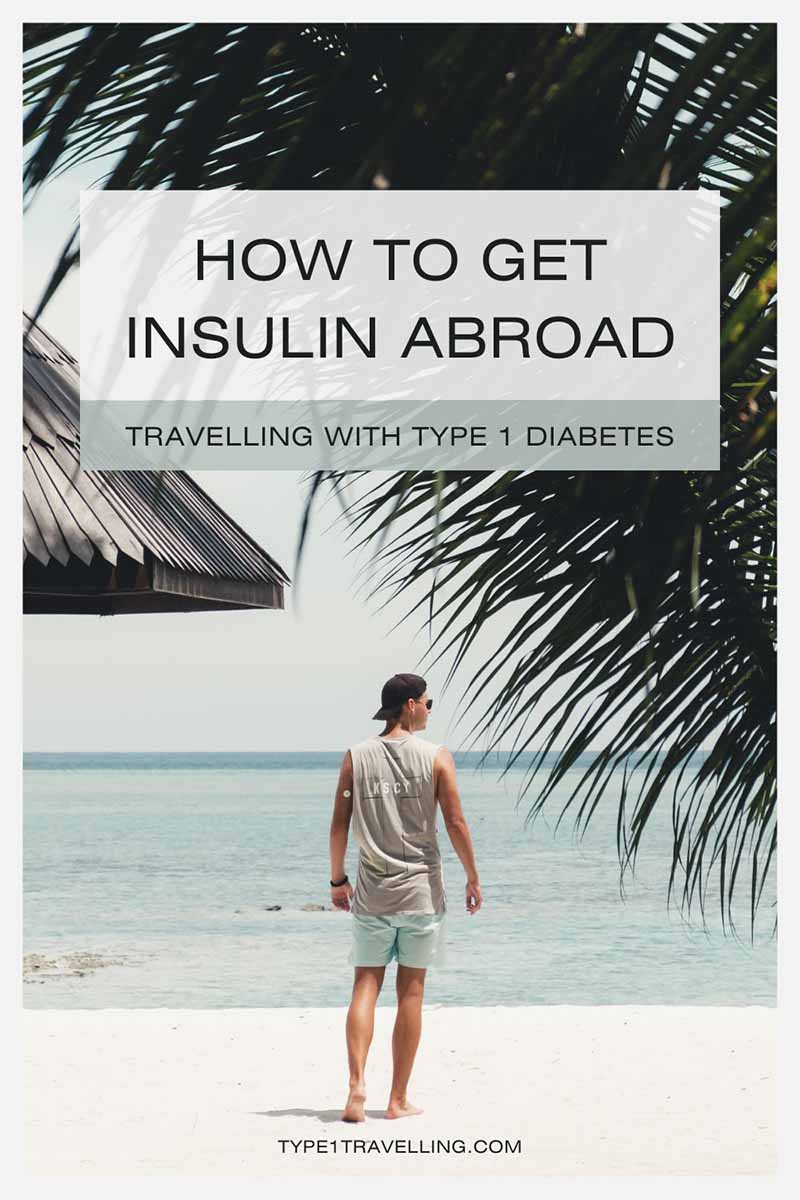
More Travel and Diabetes Guides
Check out some of my other Travel and Diabetes blog posts which are full of helpful information and my personal experiences!


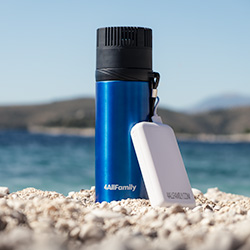
How was your experience with cgms? I plan to go to SE Asia and use the freestlye libre. Is it inevitable that I will have to switch to a standard test kit that I am most likely to find strips in these countries?
Hi Jemima, when I was browsing in pharmacies in Vietnam and Malaysia there were Freestyle Libre sensors available to purchase. However, the price was around £50+ per sensor so I switched to a standard Accu Chek Guide test kit as it was more cost effective for me (around £20 for the meter and £12 for each pack of 50 test strips).
Hi there,
great info, however I’m wondering about stocking up on cgm’s before leaving home? or do they run out of battery before they are turned on for the first time?
thanks
Hi Ben, I’d contact your cgm’s manufacturer to get an exact answer on how that affects its battery life but for my Freestyle Libre I’ve stocked up before travelling, always used before the expiry date and haven’t had any problems!